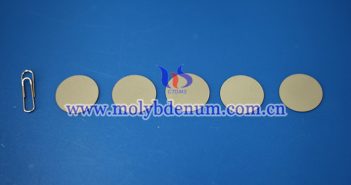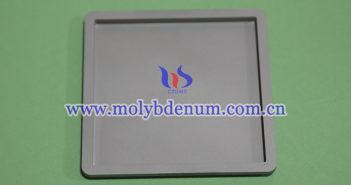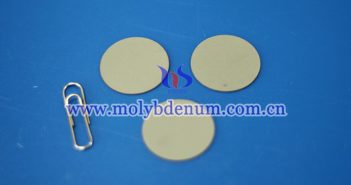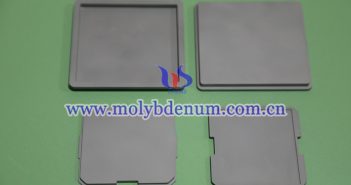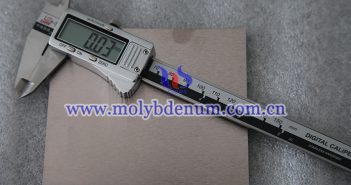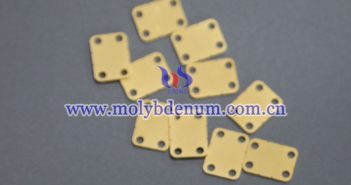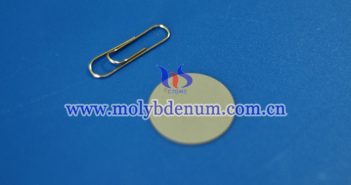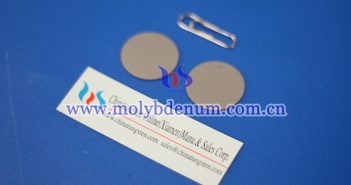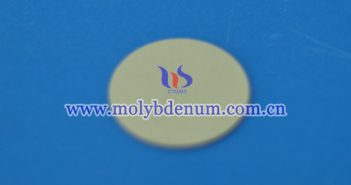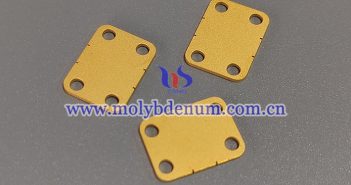
With the rapid development of 5G communication technology, the number of base stations and power density have increased significantly, especially in the high-frequency millimeter wave band, and the power loss of radio frequency (RF) modules has increased significantly. Because RF power amplifier chips generate a lot of heat during operation, if the heat is not dissipated properly, it may lead to degraded device performance, signal distortion, and even shortened equipment life. Therefore, how to effectively manage heat has become a…

